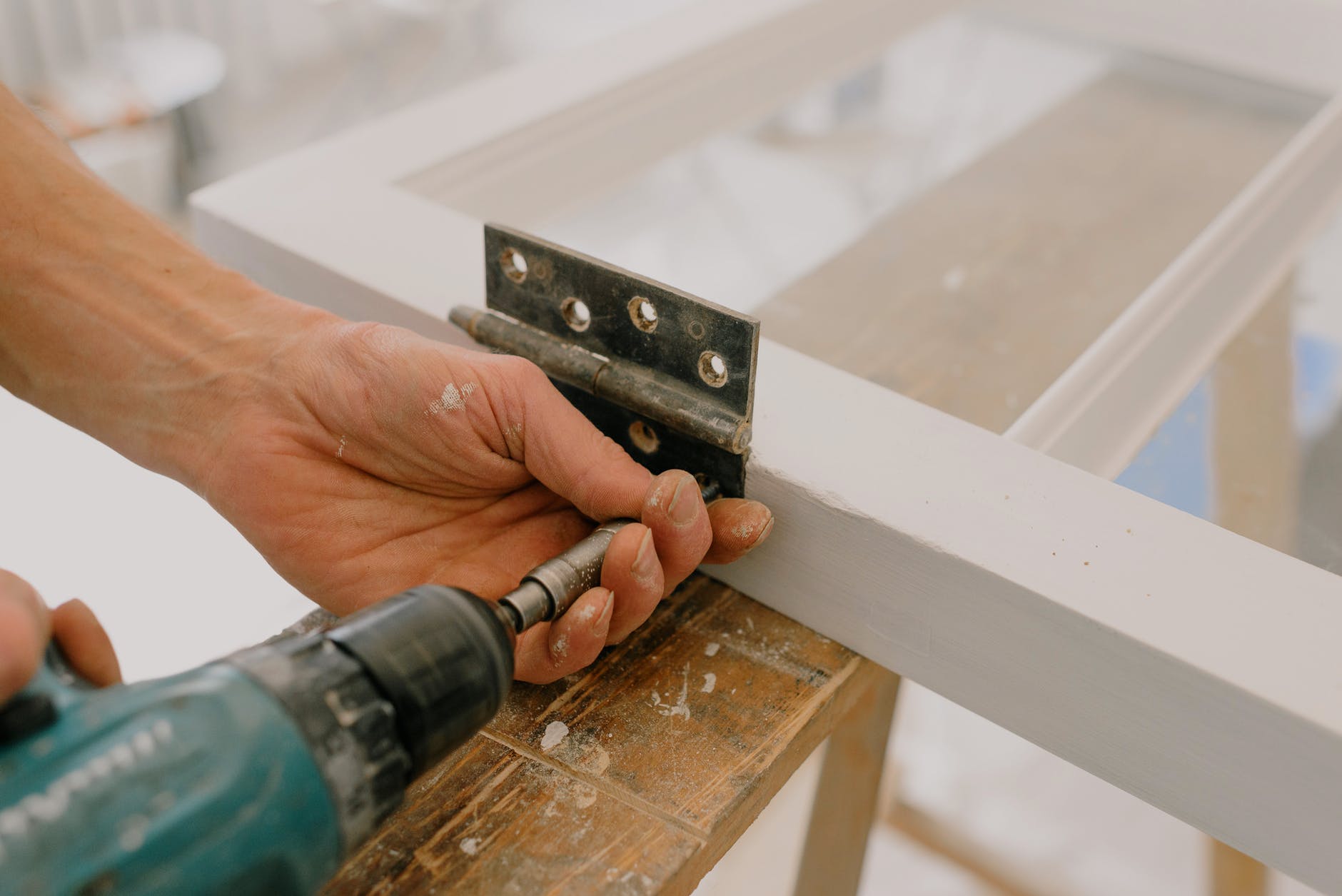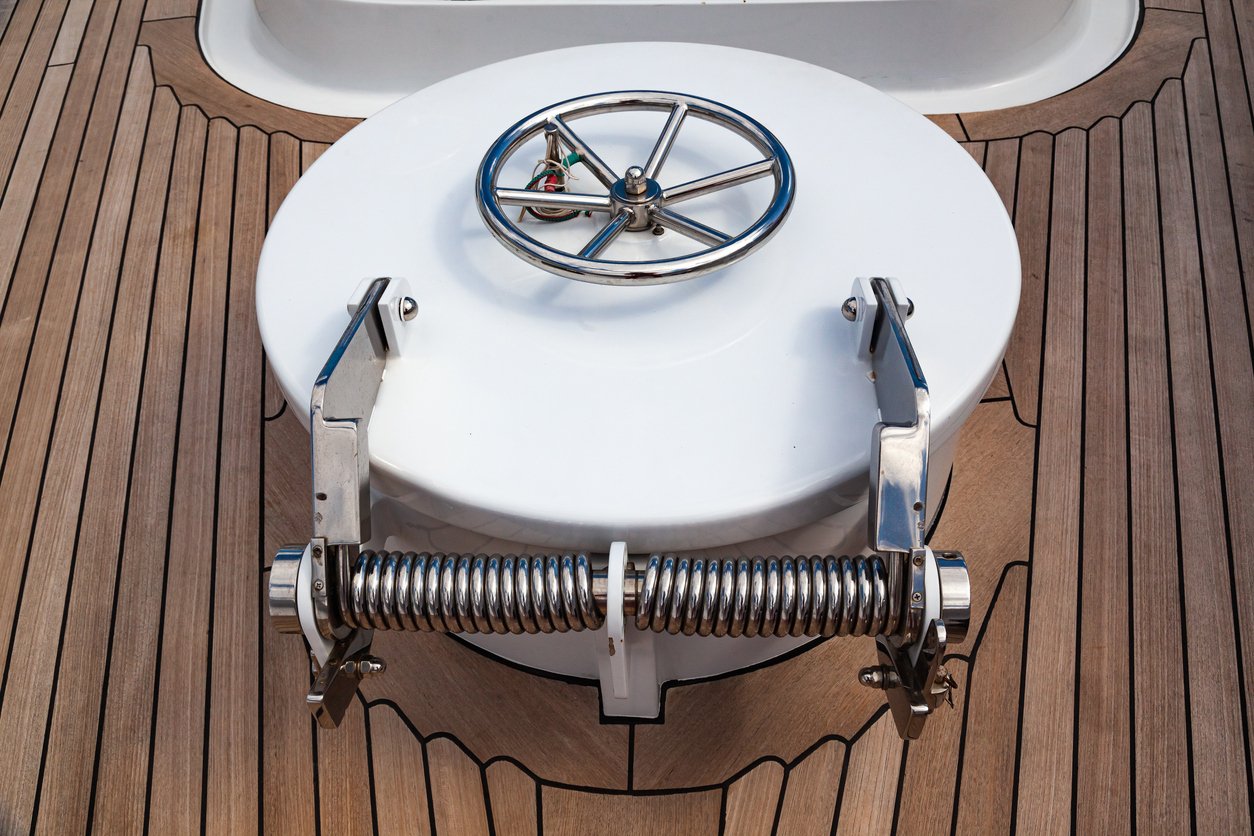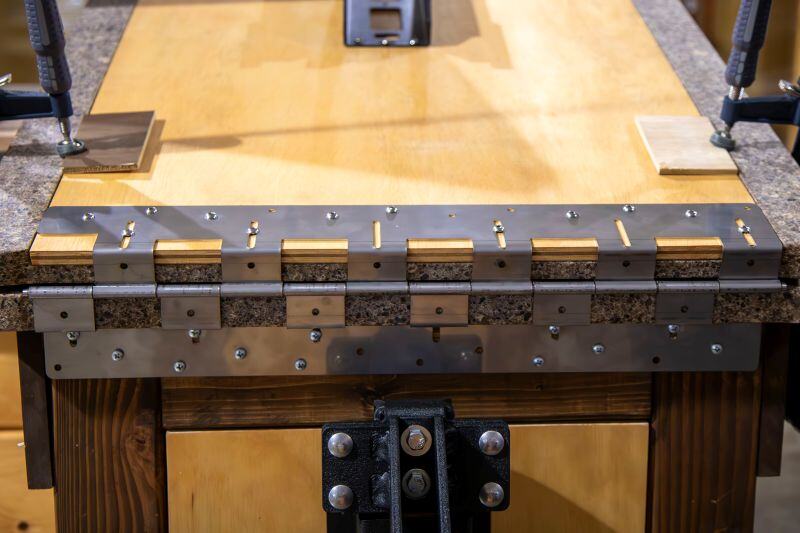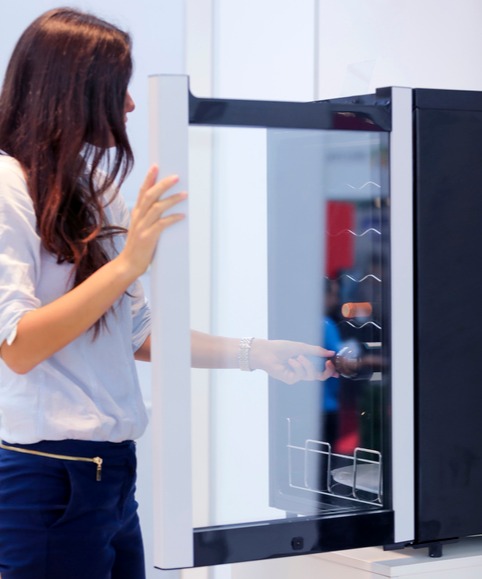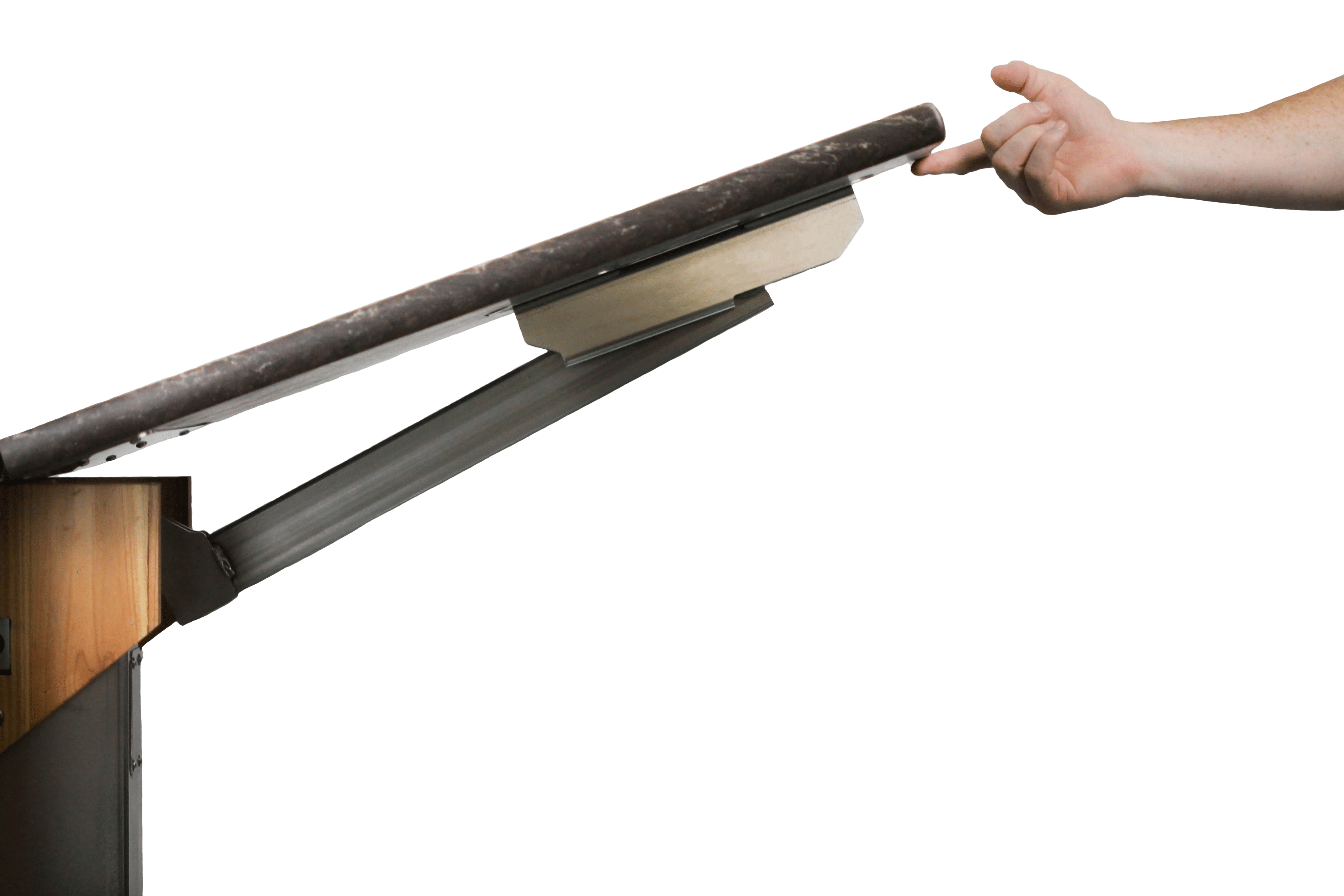At Weber Knapp, long-term dedication and teamwork shape every success story.
Weber Knapp
Recent Posts
Weber Knapp Employee Spotlight: Melinda Foster, Operations Manager
Topics: Employee Spotlight
Heavy Duty Industrial Hinges: When a Standard Hinge Isn’t Enough
Engineers and designers often stop to consider what type of hinge a product really needs. In many cases, a standard hinge does the job – it’s affordable, reliable, and easy to source. But when equipment is heavier or used more often, those same hinges can wear out faster and compromise safety.
Topics: Ergonomics, Motion Control, Design, Appliance, Counterbalance Hinge, Hinge, Hinges, Industrial, Durability, Manufacturing
[Design Guide] Heavy-Duty Stainless Steel Marine Hinges
No matter where you live, work, or play, hinges are everywhere. You’ll find them on cabinets. On refrigerators. On cars and airplanes. They’re a quiet part of daily life that keeps things moving.
Boats are different. They rely on hinges that do far more than open and close. Marine hinge design calls for careful thinking about motion control, spring assistance, and the effects of salt, weather, and humidity.
Topics: Applications, Ergonomics, Motion Control, Design, Hinge, Hinges, Industrial, Finishing, Durability, Manufacturing
Hotel Bed Design for 2026: Smart, Stylish, and Built to Last
Hotel bed design is evolving with a stronger focus on experience and efficiency. Designers are rethinking how form and function work together in limited spaces while maintaining a sense of luxury. Every choice affects how guests perceive comfort and quality.
Topics: Design, Hospitality Furniture, Hotel
Light vs. Heavy-Duty Hinges: Which One Does Your Design Really Need?
When you’re working through the details of a new product design, it’s easy to think, “A hinge is a hinge.” But if you’ve ever seen a lid sag, a door bind, or an access panel fail under load, you know hinge selection can make or break a design.
The temptation to save a few dollars with a lighter, cheaper hinge is real, especially when budgets are tight. Yet choosing the wrong hinge can lead to damaged equipment, unsafe operation, and costly redesigns down the line.
Topics: Ergonomics, Motion Control, Counterbalance Hinge, Hinge, Hinges, Durability, Hidden Hinges, heavy duty hinge
Weber Knapp Employee Spotlight: Sales and Marketing Manager Leila Bell
At Weber Knapp, sales and marketing rely on relationships, clear communication, and an understanding of what customers need to succeed.
Topics: Employee Spotlight
Ergonomic Standing Workstation Guidelines That Keep You Moving
Topics: Ergonomics, office equipment, OSHA
How Does an Appliance Door Hinge Shape Modern Kitchen Design?
When it comes to high-end kitchen appliance design, great performance is as important on the outside as it is on the inside.
Topics: Applications, Motion Control, Design, Appliance, Counterbalance Hinge, Food Industry, kitchen
Ergonomic Hazards in Construction: Protecting Worker Health
When most people hear “ergonomics,” they picture office workers at desks. But ergonomics – designing or modifying the working environment for the worker’s health and comfort – is just as important in the construction industry.
Topics: Applications, Ergonomics, Industrial, Safety
Lift Gate Assist: Improve Restaurant Safety and Staff Flow
Most restaurant injuries don’t come from knives or open flames – they come from something as ordinary as a countertop. Lifting a heavy bar pass-through dozens of times during a shift strains backs, spills drinks, and leaves staff scrambling to recover.
Topics: Applications, Motion Control, Counterbalance, Engineering, Food Industry, kitchen
.png?width=12000&height=2033&name=WeberKnappLogo_white%20(1).png)

